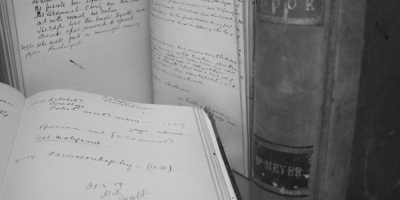In the early years, Melbourne’s 'Lying-in Hospital' was a benevolent institution dependent on donations and subscriptions from the city’s more successful and affluent members of society – these were people who wanted be seen to be supporting an institution that assisted those in need but not those who had ‘morally lapsed’.
However, there was disagreement within the hospital, and many of the doctors working at the time admitted women based on medical as well as social need: they believed a sick woman, however abandoned still had the right to treatment.
The hospital was located in an inner suburb of Melbourne and by the end of the 19th century, many of the surrounding suburbs were unhealthy and over-crowded. By the depression of the 1930s, these areas were an impoverished working class area, although few could find work.
In the post World War II period, these inner-city suburbs housed the great influx of European migrants searching for a better life in Australia. It was from this background that most of the patients came to hospital needing no or low cost care and treatment. Because the 'Lying-in Hospital' was the major teaching institution for obstetrics and gynaecology, these patients generally received the best treatment available in the city.
Records
The records in the Women's archival collection include scanned and reproduced records of patients who were treated at the hospital more than 100 years ago.
An article indicating the value of the 19th century patient records by Dr Janet McCalman, author of the prize winning book Sex and Suffering: Women’s Health and a Women’s Hospital appears in that section.
A vivid image of women’s health through the 19th and 20th centuries can be drawn from the hospital's two initial Midwifery Books (1856-1858), through Honorary Physician Case Books (1878-1910), to Labour Ward Case Books and Registers (1888-1982) and many others.

Most 19th and early 20th century patient records are not indexed and still exist only in their original bound volumes. It verges on the impossible to find a specific patient’s record unless specific admission dates are known.
Birth records are comparatively easy to find, as birth dates are usually known, but the Infirmary Department records are a very different matter.